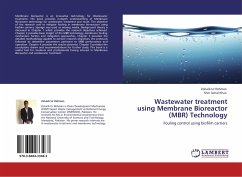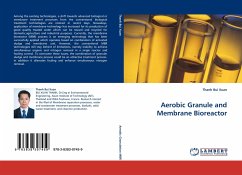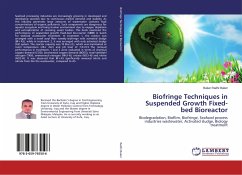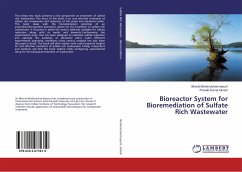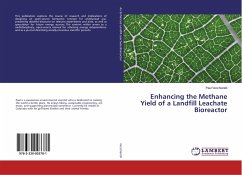Membrane bioreactor (MBR) has been applied successfully for wastewater treatment and reclamation. Although, the high quality of the MBR effluent and its small foot have made it a superior option for wastewater treatment, membrane fouling is still needed to be controlled in the practical application of this technology. Another consideration is also given to the MBR's limited efficiency for nutrients removal. In this research, coupling an electric field with MBR was proposed as a method for reducing the membrane fouling and enhancing the phosphorus removal efficiency. An electrically-enhanced membrane bioreactor (E-MBR) was developed to ensure the effectiveness of this method. The novel design of E-MBR allowed the utilization of several functions for the applied electric field to achieve the aimed improvements. Two E-MBRs with two different anode materials, iron (Fe) and titanium (Ti), in addition to a normal MBR (without applied electric field) were used to investigate the performance and the mechanisms.
Bitte wählen Sie Ihr Anliegen aus.
Rechnungen
Retourenschein anfordern
Bestellstatus
Storno


